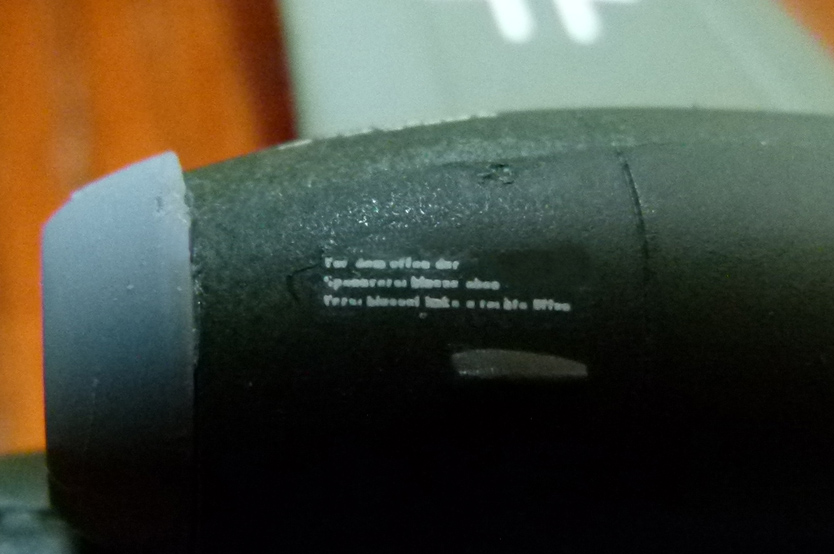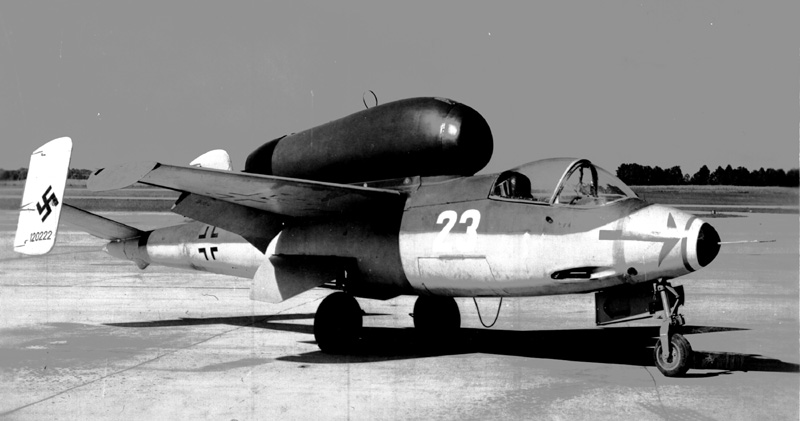

The Heinkel He 162 Volksjäger (people’s fighter) was conceived in March, 1944. Other names given to the plane include Salamander, which was the codename of its construction program, and Spatz ("Sparrow"), which was the name given to the plane by Heinkel. The prototype made its maiden flight on December 6, 1944, only three months after the actual specification was issued. The main production model, A-2 made its first flight on January 24, 1945.
Though it was a technical marvel for its time, the aircraft was designed to be among the less expensive and could be built by semi-skilled labor from non-strategic materials like wood. This aircraft was meant to be flown by the Hitler Youth, young men and women who were for the most part in their teens. Those pilots received their training on gliders and would then pass directly to the jet aircraft.
The fuselage of the He 162 was made of light metal sheets, and the jet engine located just over and behind the pilot, blowing between the fins. Fuel was poured directly into the wings that were made out of wood and protected with a special coating. The fuel capacity of 183 gallons (695 liters) only allowed 30 minutes of flight time. In case of emergency, a basic ejection seat allowed the pilot to get out of the airplane without being sucked into the engine.
Once the prototypes structural and aerodynamic problems were fixed, the first operational He 162s were delivered to the Luftwaffe in 1945. When the production stopped, approximately 250 units had been built and 800 were at different stages on the assembly lines. The full capacity rate of production had been planned to be 4,000 units per month.
Even though it is not clear how many He 162s actually saw combat, one of them flown by Lieutenant Rudolf Schmitt presumably scored a victory over Rostock against a Tempest or Typhoon (depending on the source) on May 4, 1945. Shot down a few minutes later, Schmitt ejected safely. The fact that a rookie pilot did this speaks volumes about this aircraft that many consider to be among the best of its time. After the war, the remaining units were taken to the countries of the winning forces and used for jet engine aircraft pilot training. Several He 162s are on display in museums in the U.S. and Great Britain.
Facts and General Characteristics of the He 162A-2:
Contractor: Heinkel, Germany
Type: Single-seat interceptor
Crew: 1
Wingspan: 23 ft 7 in (7.2 m)
Length: 28 ft. 8 in. (9.05 m)
Height: 8 ft. 6in. (2.6 m)
Weight Empty: 3,660 lb. (1,660 kg), Loaded: 6,180 lb. (2,800 kg)
Powerplant: BMW 003E-1 or E-2 axial flow turbojet
Max speed: 522 mph (840 km/h) at 19,680 ft (6,000 m); using short burst extra thrust: 562 mph (905 km/h) at 19,680 ft (6,000 m).
Rate of climb: 4,615 ft/min (1,405 m/min)
Ceiling: 39,400 ft (12,000 m)
Range: 434 mi (695 km)
Armament: Guns: 2 × 20 mm MG 151/20 autocannons with 120 rpg (He 162 A-2) OR 2 × 30 mm MK 108 cannons with 50 rpg (He 162 A-0, A-1)
Facts and General Characteristics of the Model:
This model is a reproduction of an He 162A-2 assigned to I./Jagdgeschwader 1 (I./JG 1) Luftwaffe fighter wing based in Leck, Germany. It was flown by Hauptmann Helmut Künnecke.
Manufacturer: Dragon Models LTD. Hong Kong
Scale: 1/48
Wingspan: 5.9"
Length: 8"
Height: 2.2"
Hours to build and paint: 24.3
Mistakes:
1. Many parts did not fit well and I could have used a filler.
2. I misread the option of displaying the engine and had to deconstruct the engine intake and exhaust in order to construct the engine cowling assembly.
3. I had the usual problem with the main landing gear not lining up properly and had to lengthen one strut in order to make them the same length.
4. The instructions showed putting ballast in the nose but I couldn’t figure out how to put enough in and so the model is tail-heavy.
The parts and decals:
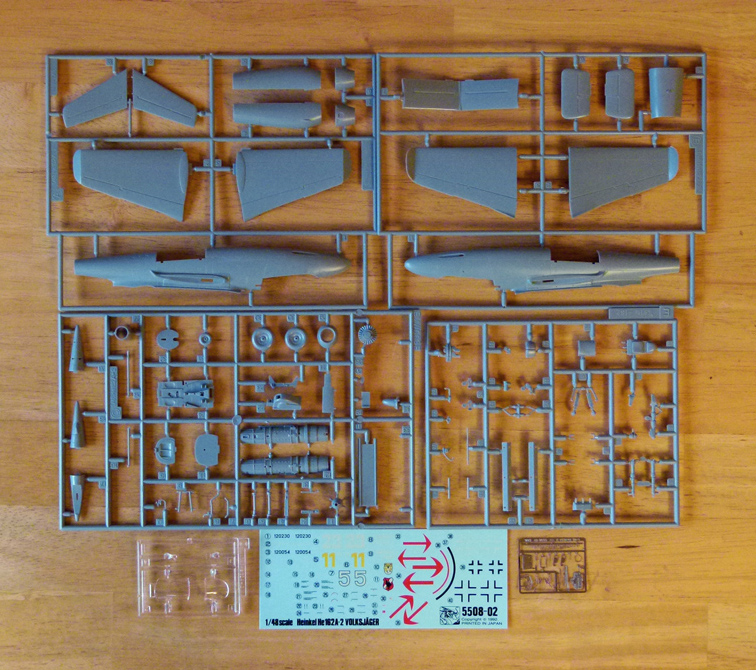
Photoetched parts:
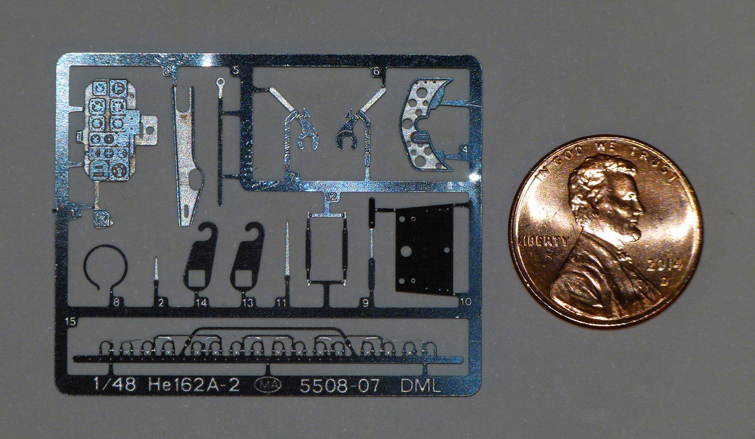


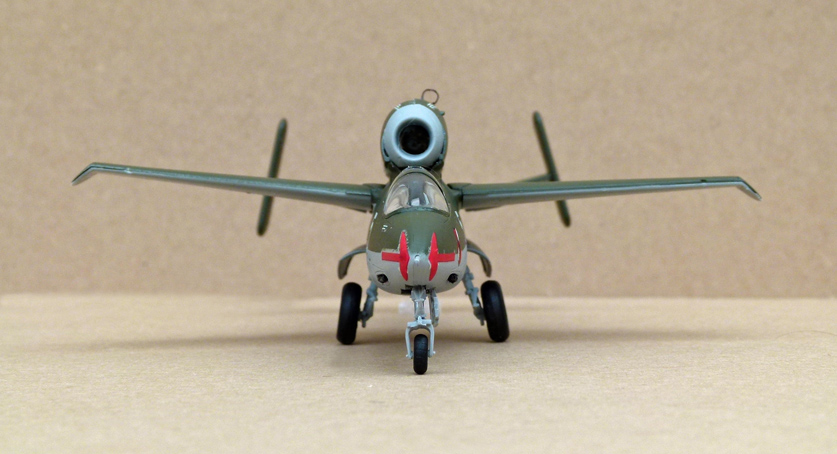
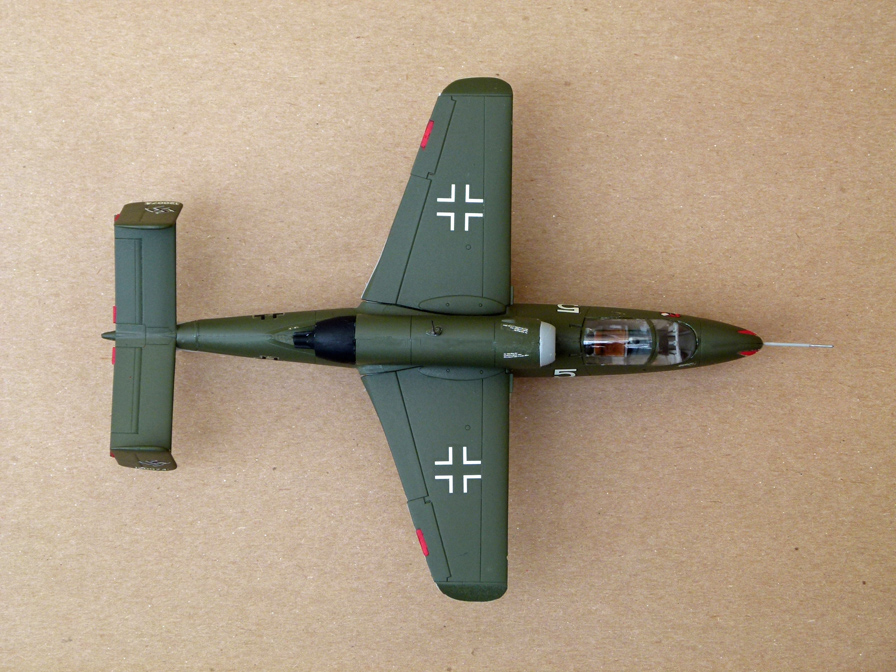
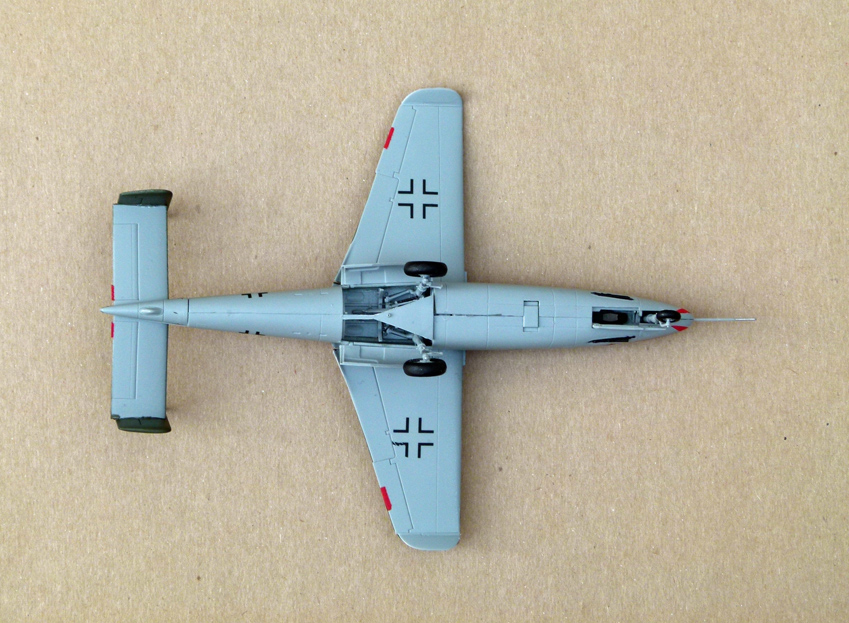
With pilot Hauptmann Helmut Künnecke:
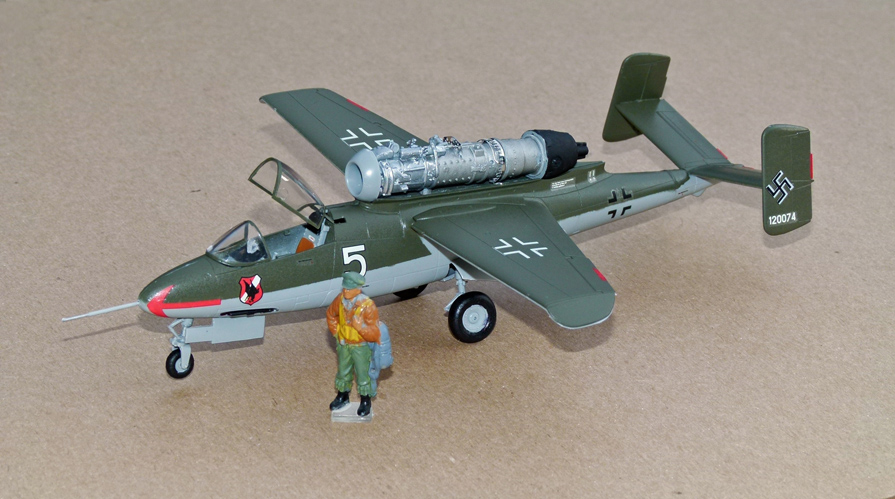
BMW Turbojet:
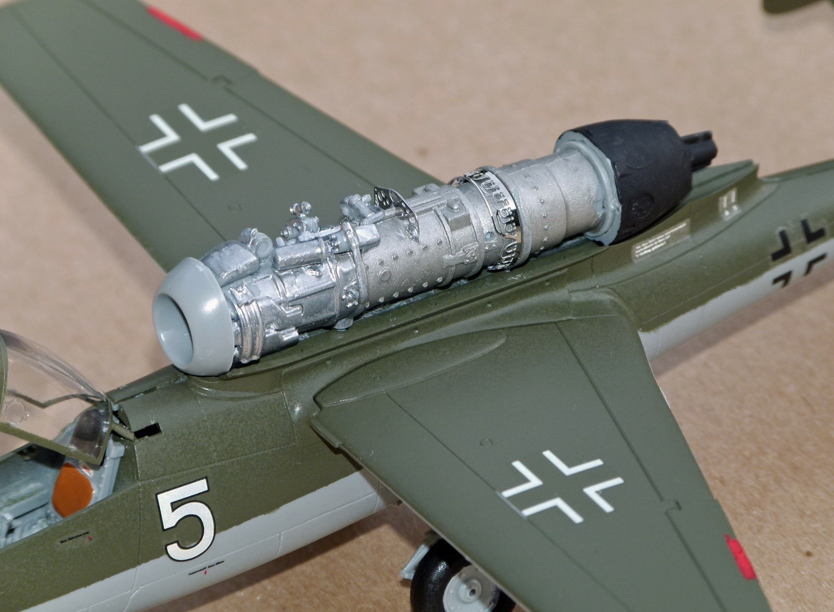
German writing decal on the engine cowling:
